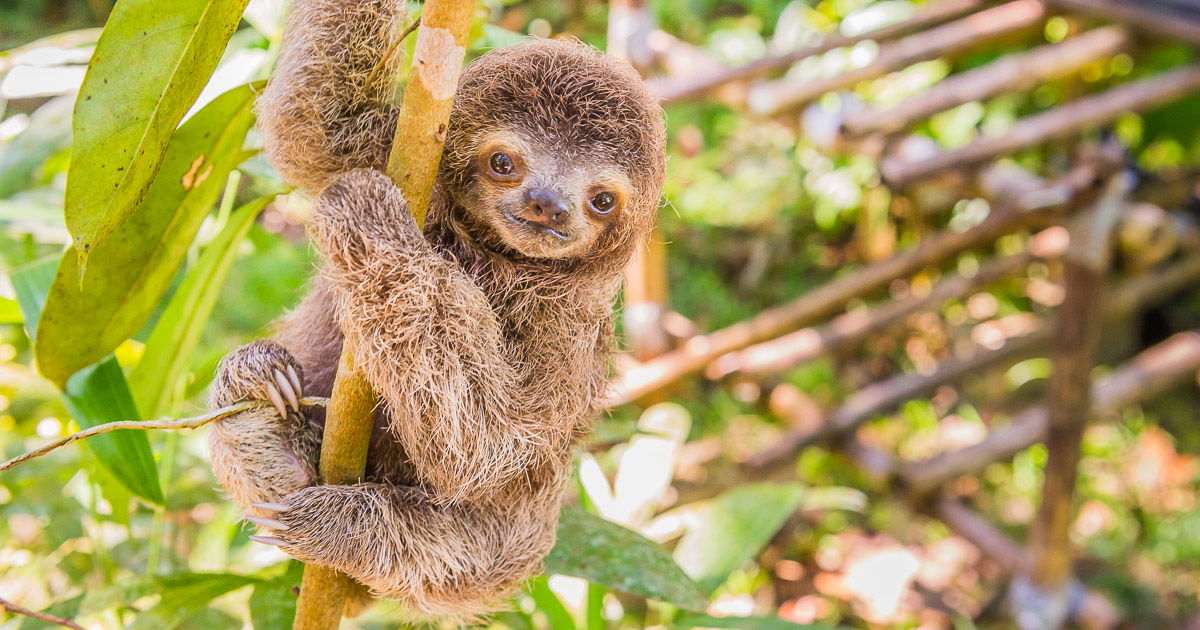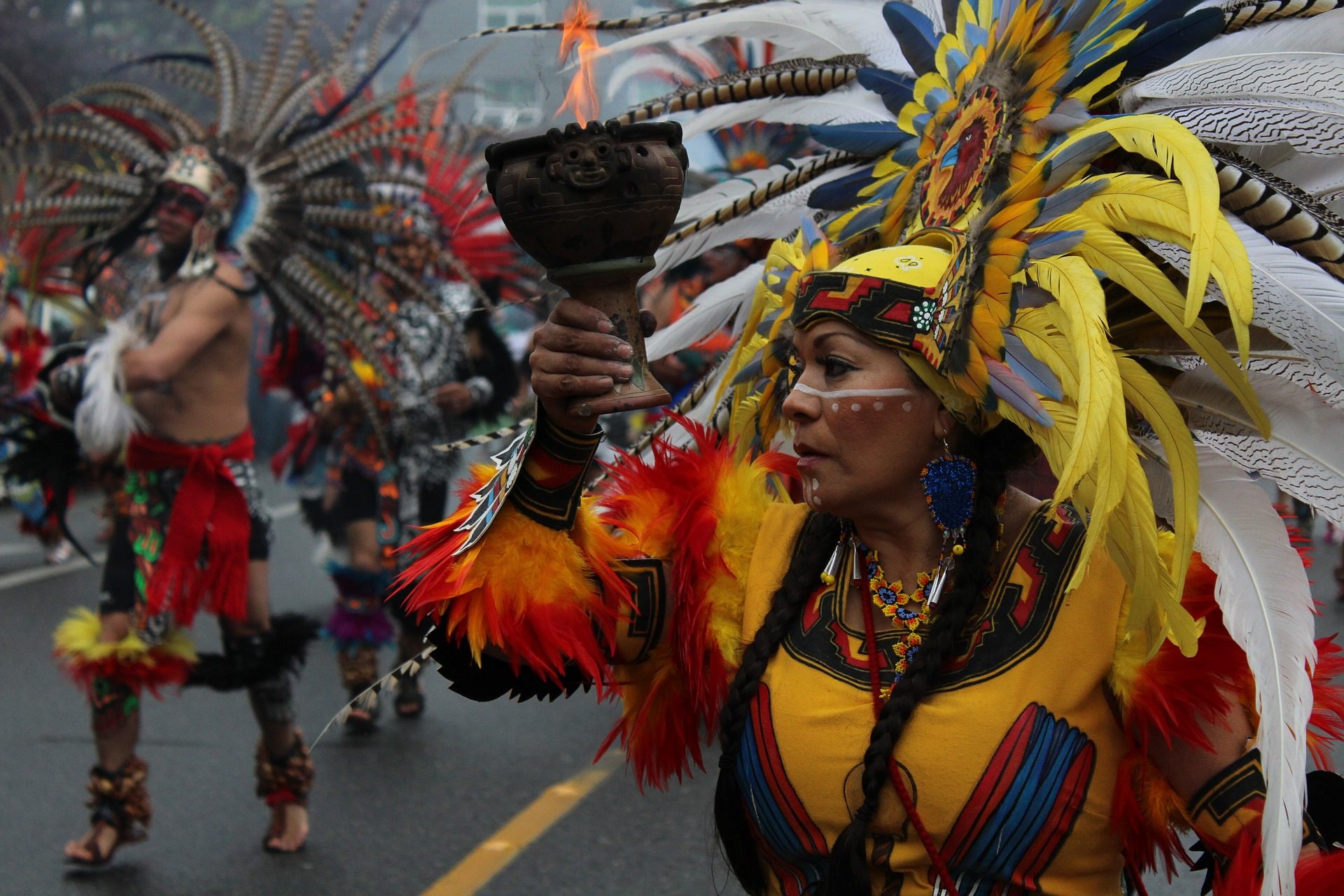Costa Rica is a country of Central America. Its capital is San José.
Of all the Central American countries, Costa Rica is generally regarded as having the most stable and most democratic government. Its constitution of 1949 provides for a unicameral legislature, a fair judicial system, and an independent electoral body. Costa Rica’s well-populated heartland, formed in and around the upland basin known as the Valle Central or Meseta Central, is devoted to the cultivation of coffee, one of the country’s most important exports. Costa Rica is bounded by Nicaragua to the north, by the Caribbean Sea along the 185-mile (300-km) northeastern coastline, by Panama to the southeast, and by the Pacific Ocean along the 630-mile (1,015-km) southwestern coastline. At the country’s narrowest point, the distance between the Pacific and the Caribbean is only about 75 miles (120 km). Nearly four-fifths of Costa Rica’s population is of European descent, and, as a result, Costa Rica has the largest percentage of people of Spanish descent in Central America. The Valle Central, with more than half the country’s population, is the most predominantly Spanish region in both its manner of living and its ancestry. The next largest group consists of mestizos (people of mixed indigenous and European ancestry), who constitute close to one-fifth of the country’s inhabitants. People of African ancestry, who comprise an even smaller percentage of the total population, live mostly in the Caribbean lowland of Limón province. Spanish in Costa Rica is spoken with a distinct national accent. Descendants of Africans in Limón province speak both Spanish and Limonese Creole, which resembles Jamaican English. The principal Indian languages spoken in Costa Rica are part of the Chibchan language family and include Bribrí, Cabécar, Maléku Jaíka, Boruca, and Térraba. Slightly less than three-fourths of Costa Ricans are Roman Catholics. Roman Catholicism is the official religion, and it is supported with a small part of the national budget.
San José is the only true metropolitan area in Costa Rica. The congested downtown contains major stores, government buildings, and the offices of many businesses. The few high-rise buildings are located in this city centre. Outside the downtown, San José has expanded outward to incorporate surrounding towns. The San José metropolitan area, which contains overall about one-fourth of Costa Rica’s population, is a functionally integrated urban region that reaches from Alajuela and Heredia on the west to Cartago on the east.
Sugar and coffee, from the highlands; bananas, produced mainly in the Caribbean lowlands; and pineapples, grown in farms located throughout the country, are some of the most important crops, accounting for nearly half the total value of all exports. Nontraditional agricultural products such as cut flowers, gourmet coffee, herbs, and macadamia nuts have increased in importance, and manufactured food products, fertilizer, handicrafts, garments, and publishing also have made inroads in the traditional economy. Costa Rica’s fishing industry, concentrated mostly on the Pacific coast and focusing primarily on tuna and shrimp, supplies both the domestic market and exports. Tilapia fish farming, which grew significantly in the 1990s, has made Costa Rica the principal supplier of tilapia to the United States. Most of the country’s cultural institutions are centred in and around the capital. The country’s architectural crown jewel, the Renaissance-style National Theatre (1897), on the south side of the Plaza of Culture, features statues, marble staircases, magnificent murals depicting Costa Rican life, and a ceiling fresco.
Things to Do:
Visit Arenal Volcano
Arenal, one of the world’s most active volcanoes, stands more than 5,000 feet high. For the latter half of the 20th century, admirers traveled to its base in droves to catch a glimpse of glowing rocks and molten lava tumbling down its sides.
Visit Corcovado National Park
Travelers come to this 160-square-mile misty rainforest for its diverse wildlife. Buzzing insects and chirping birds can be seen and heard as you stroll through the verdant jungle.
Zipline Monteverde Cloud Forest Biological Reserve




